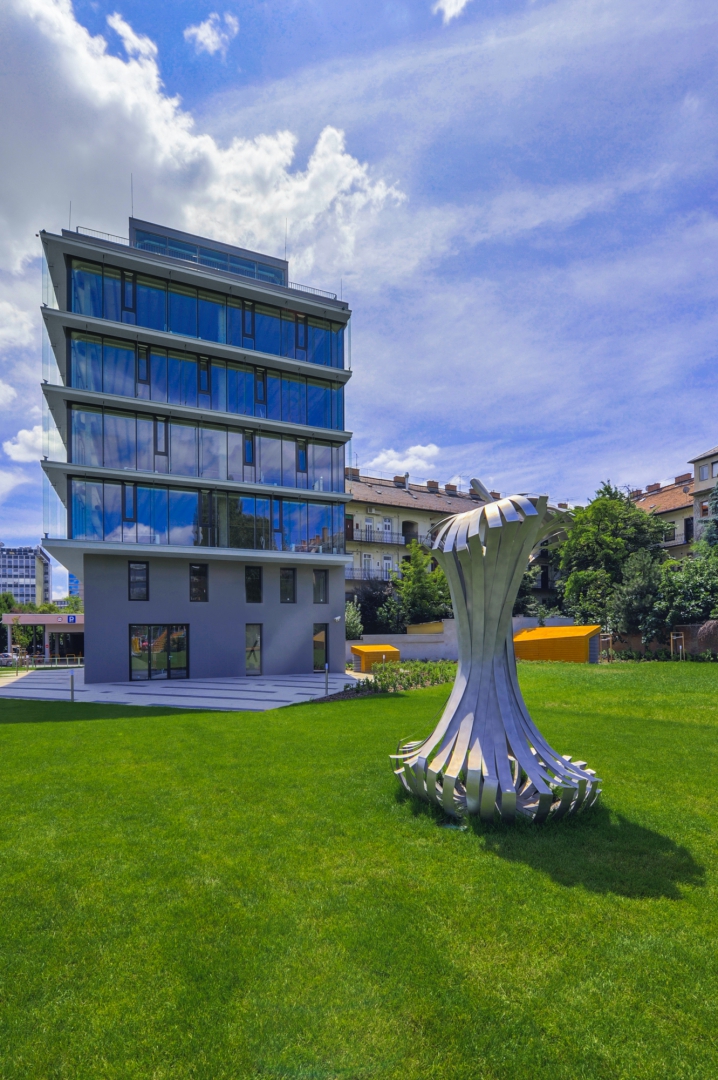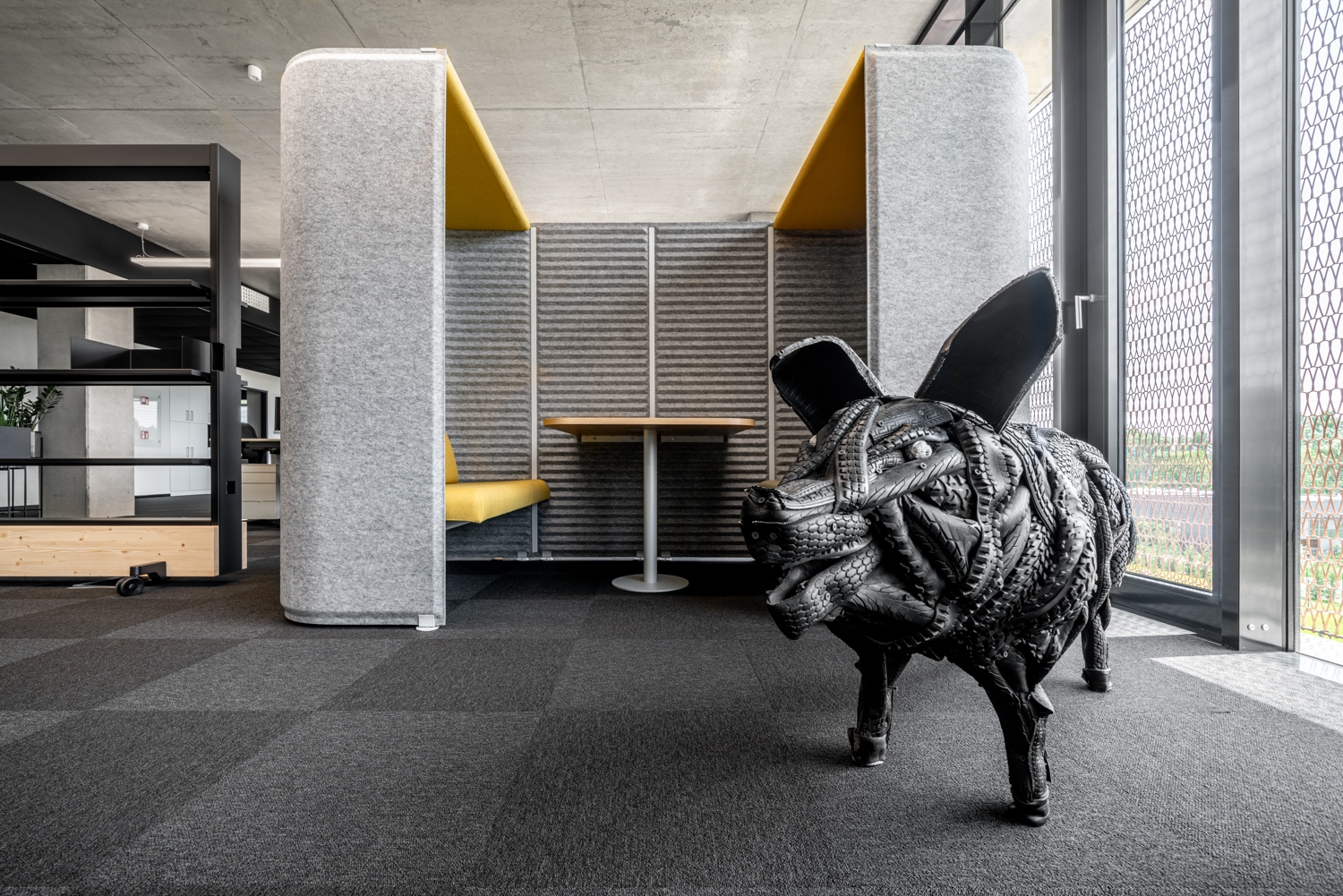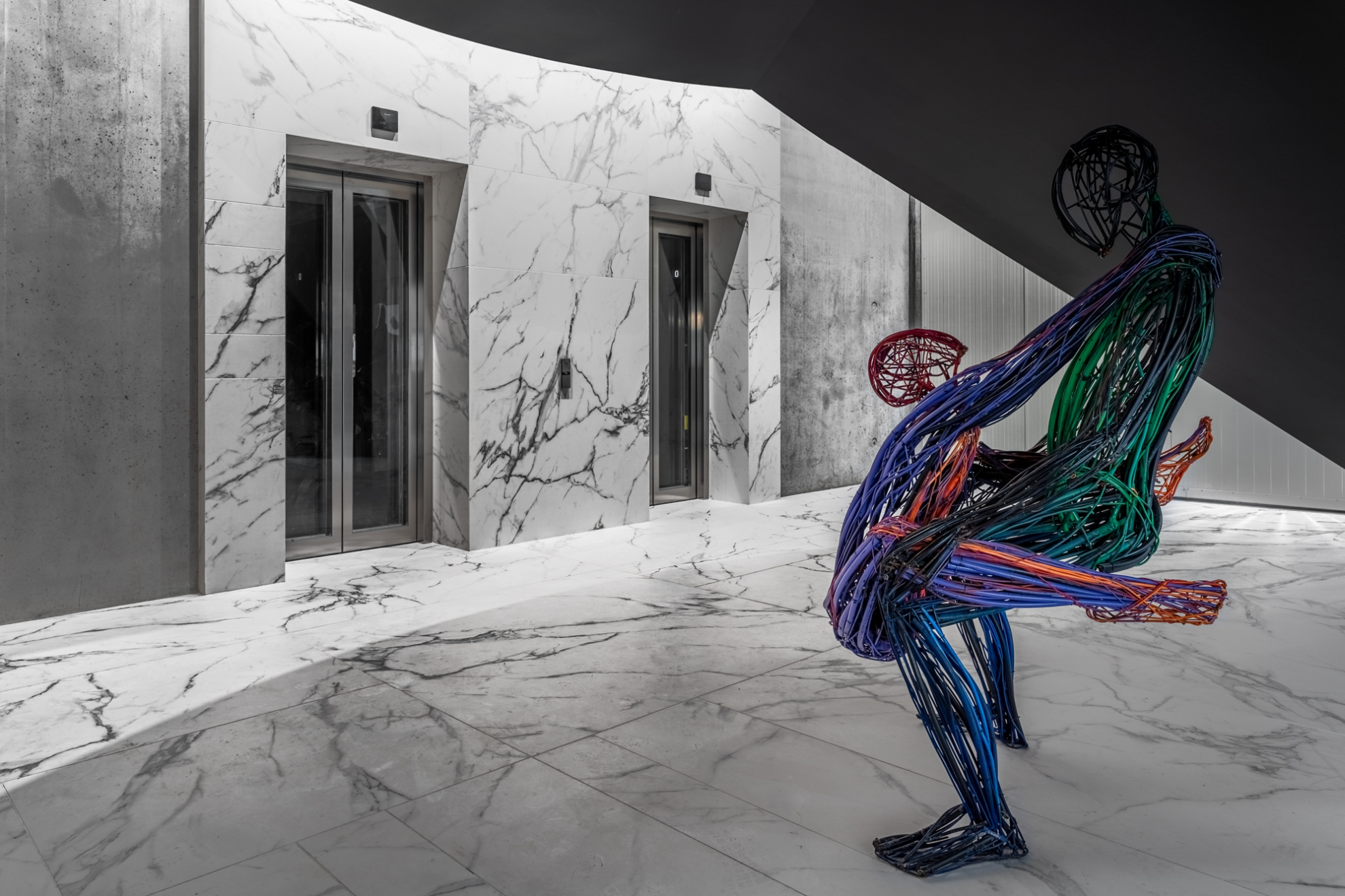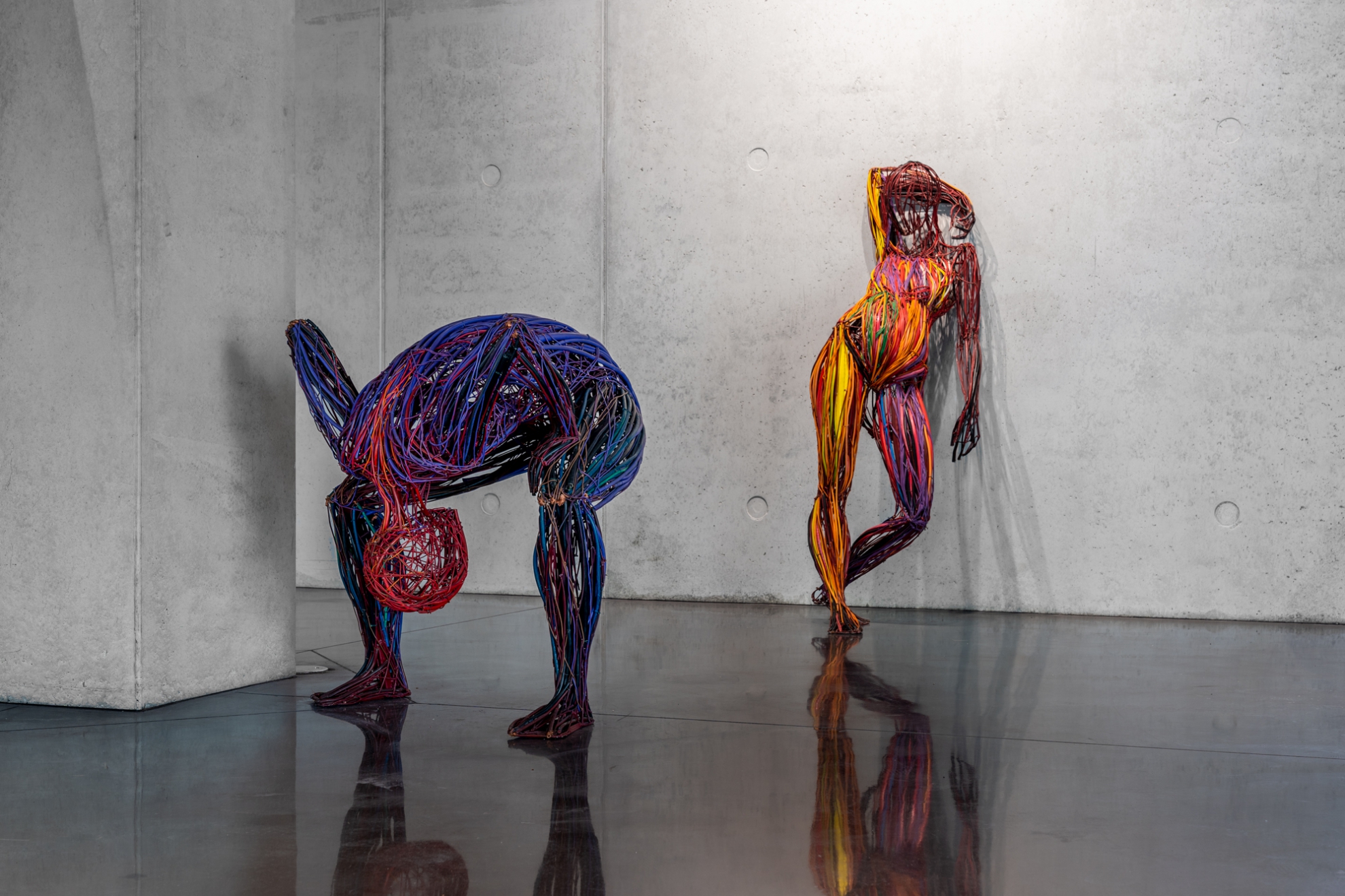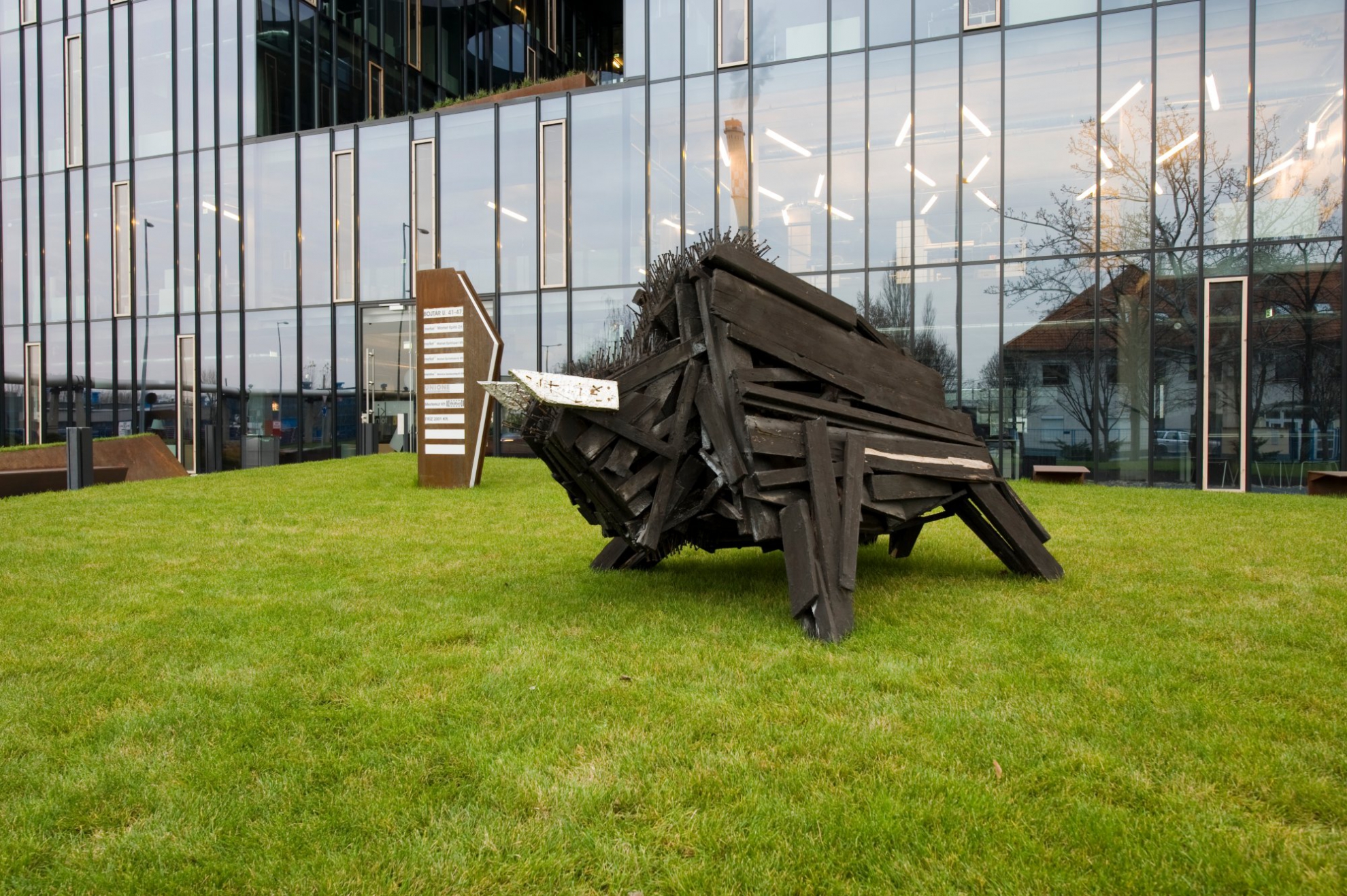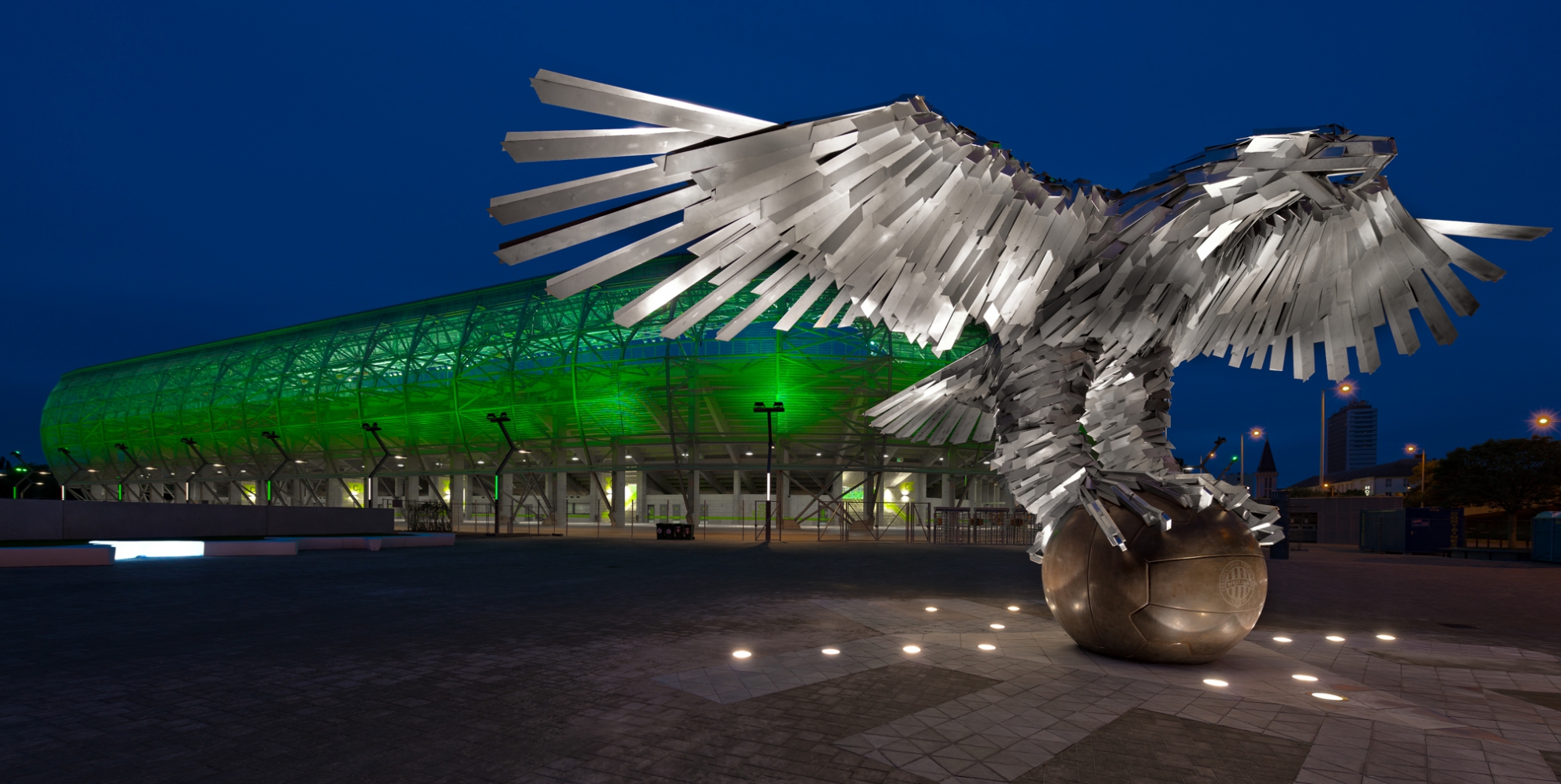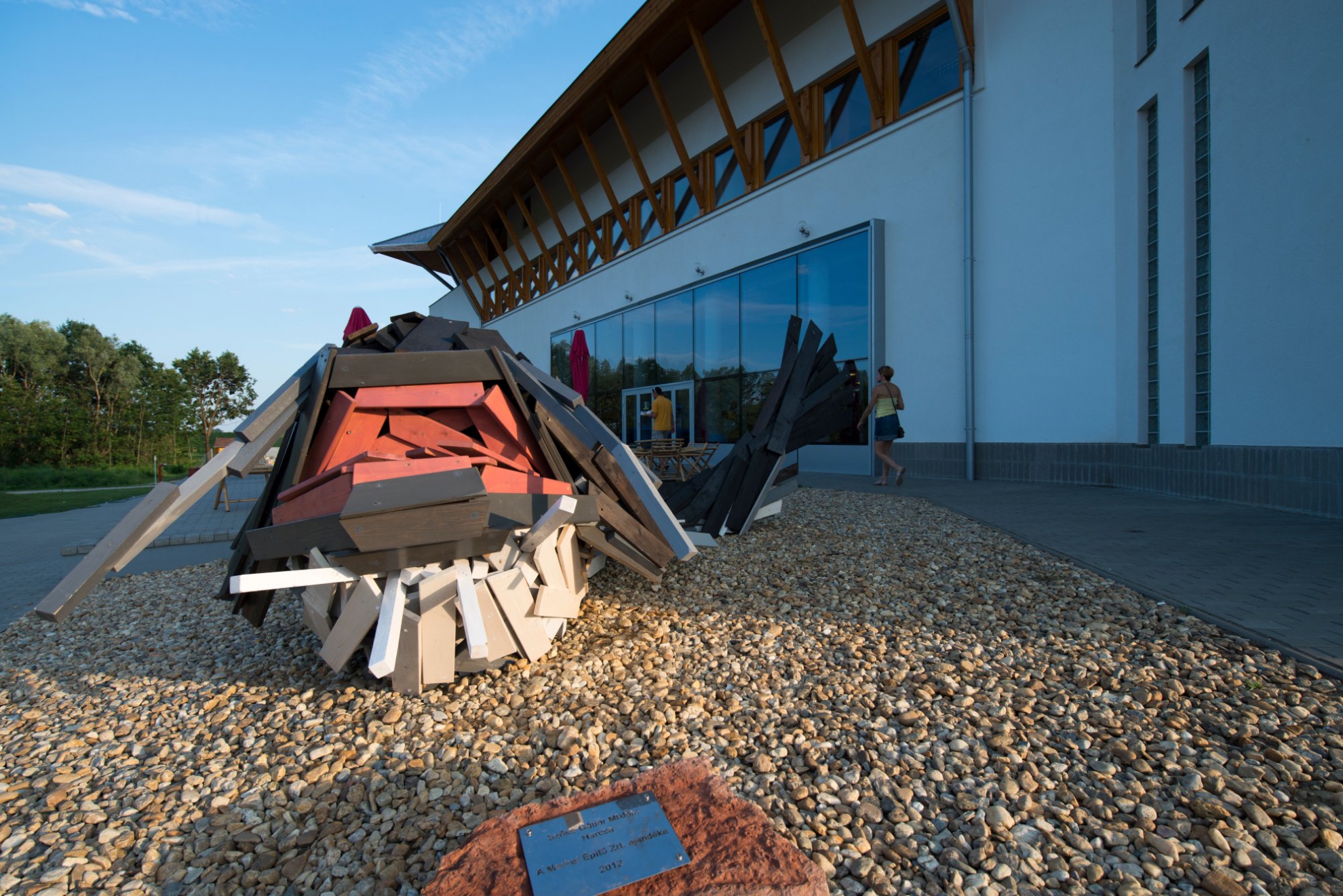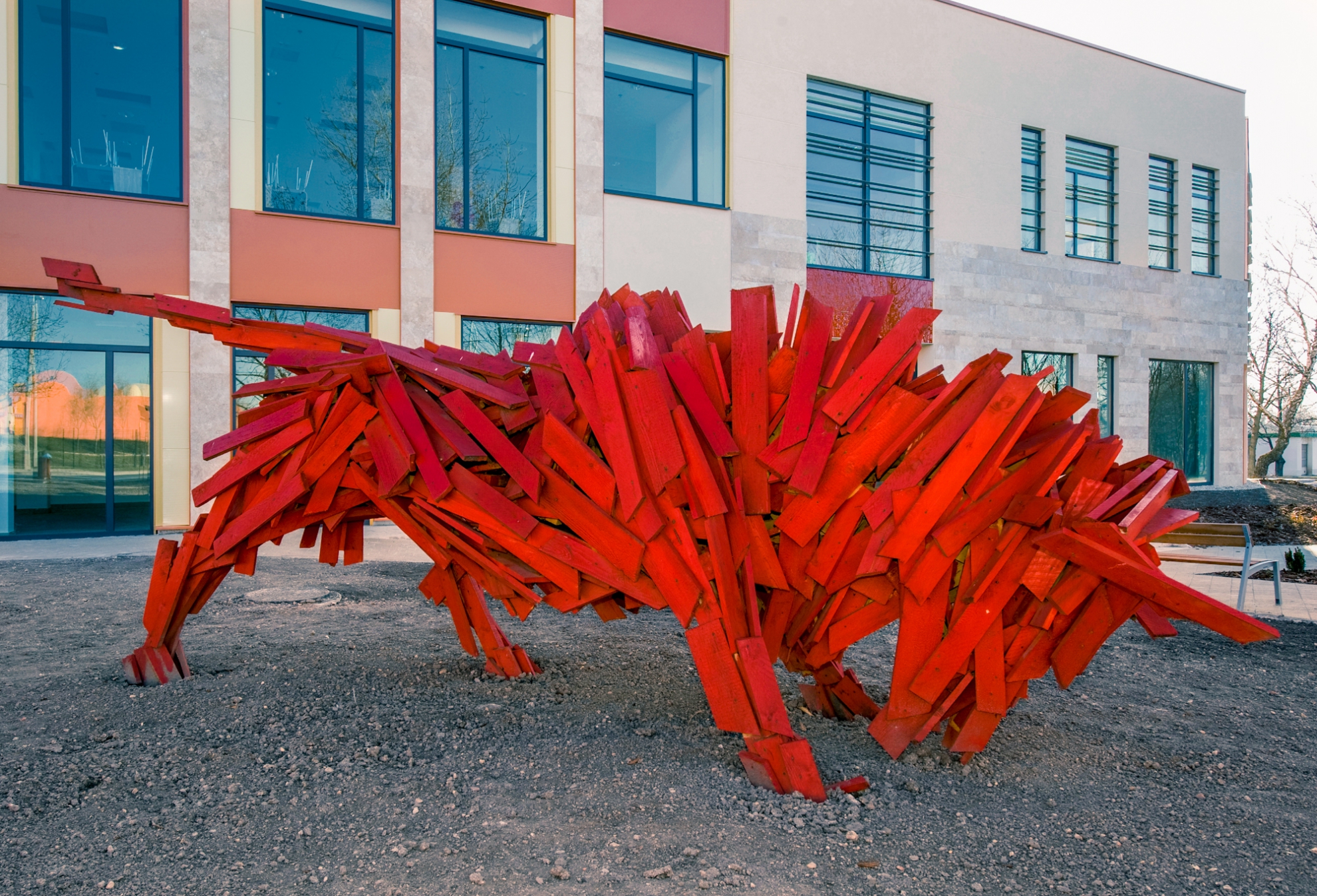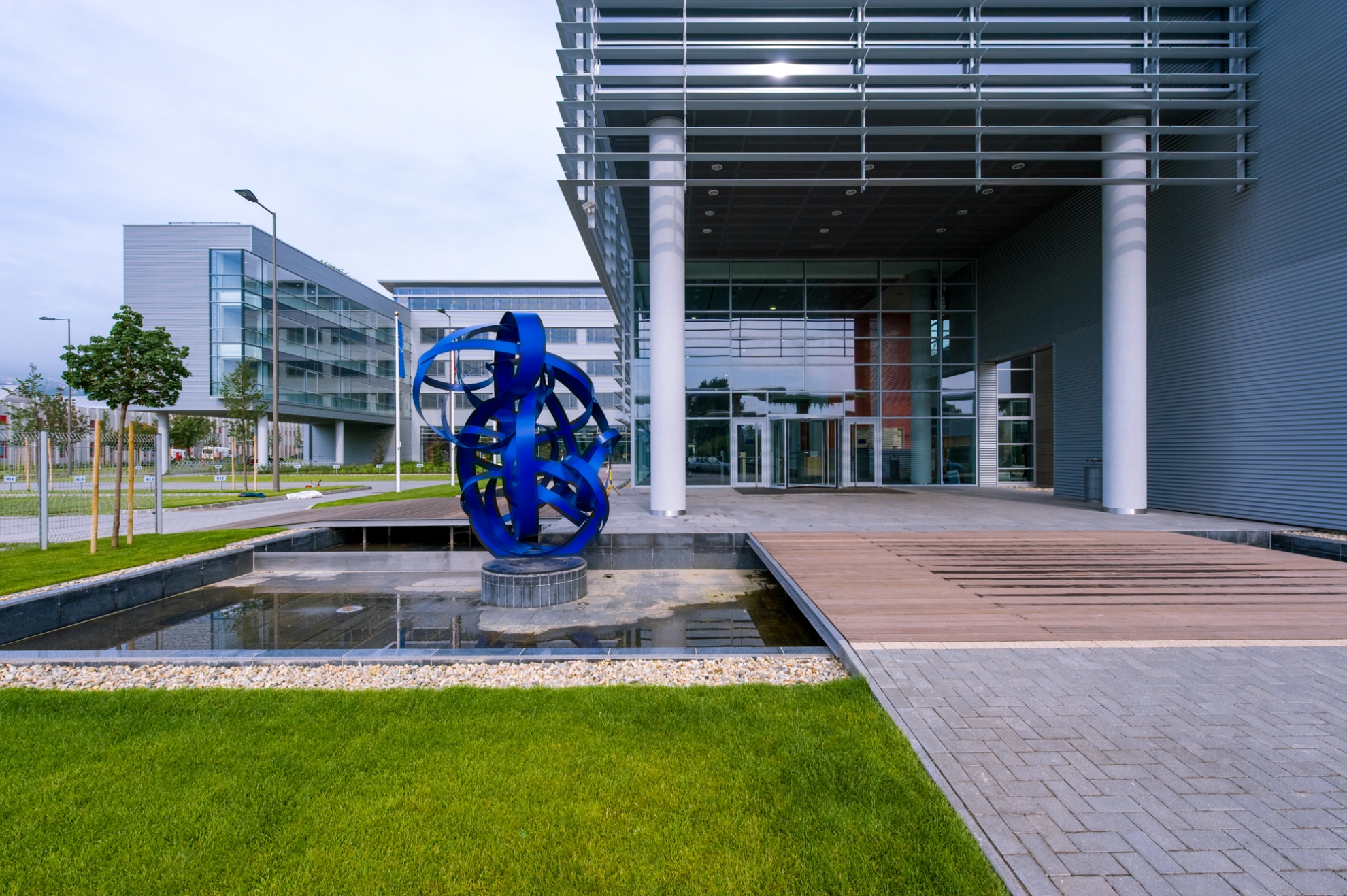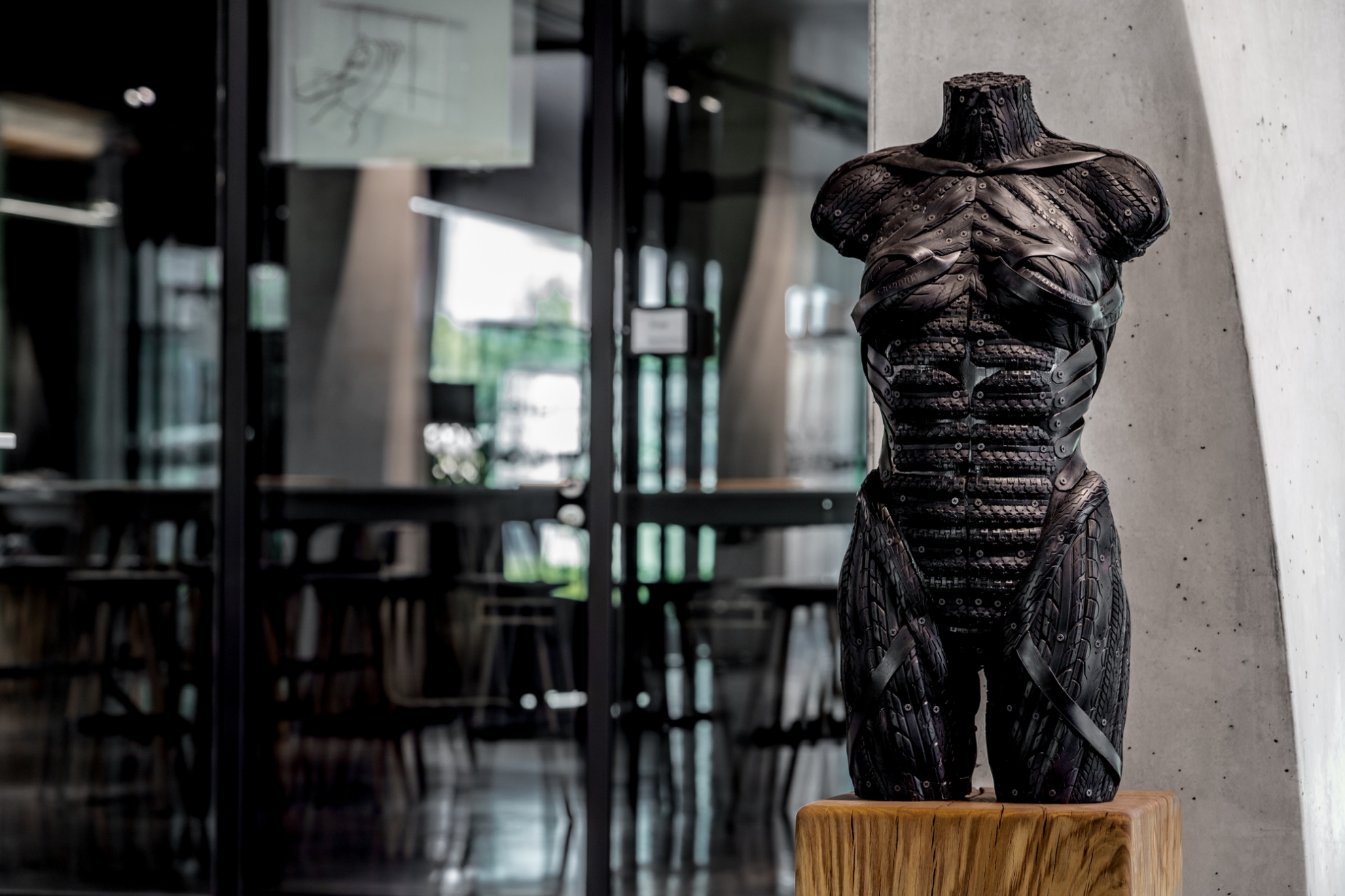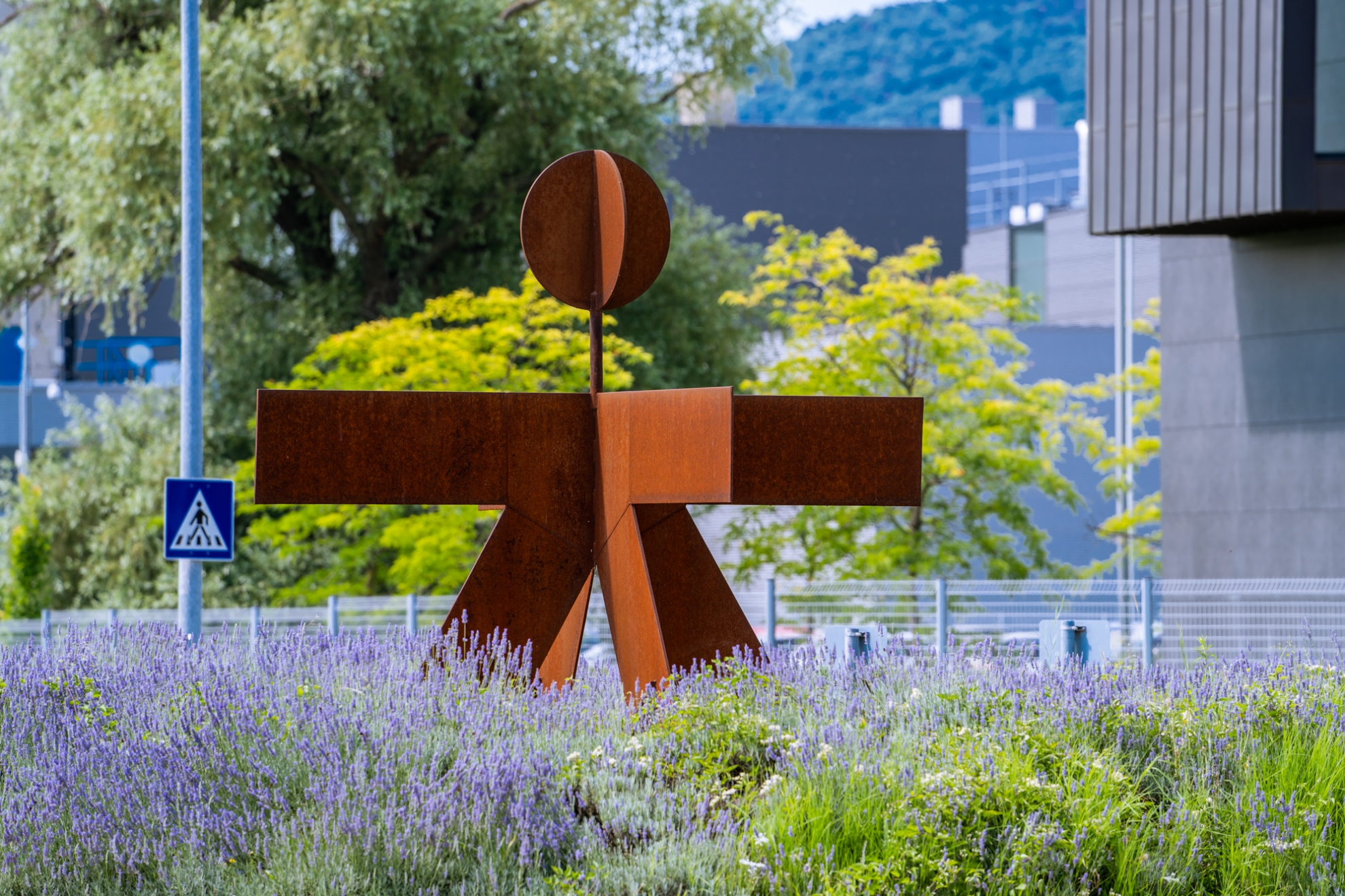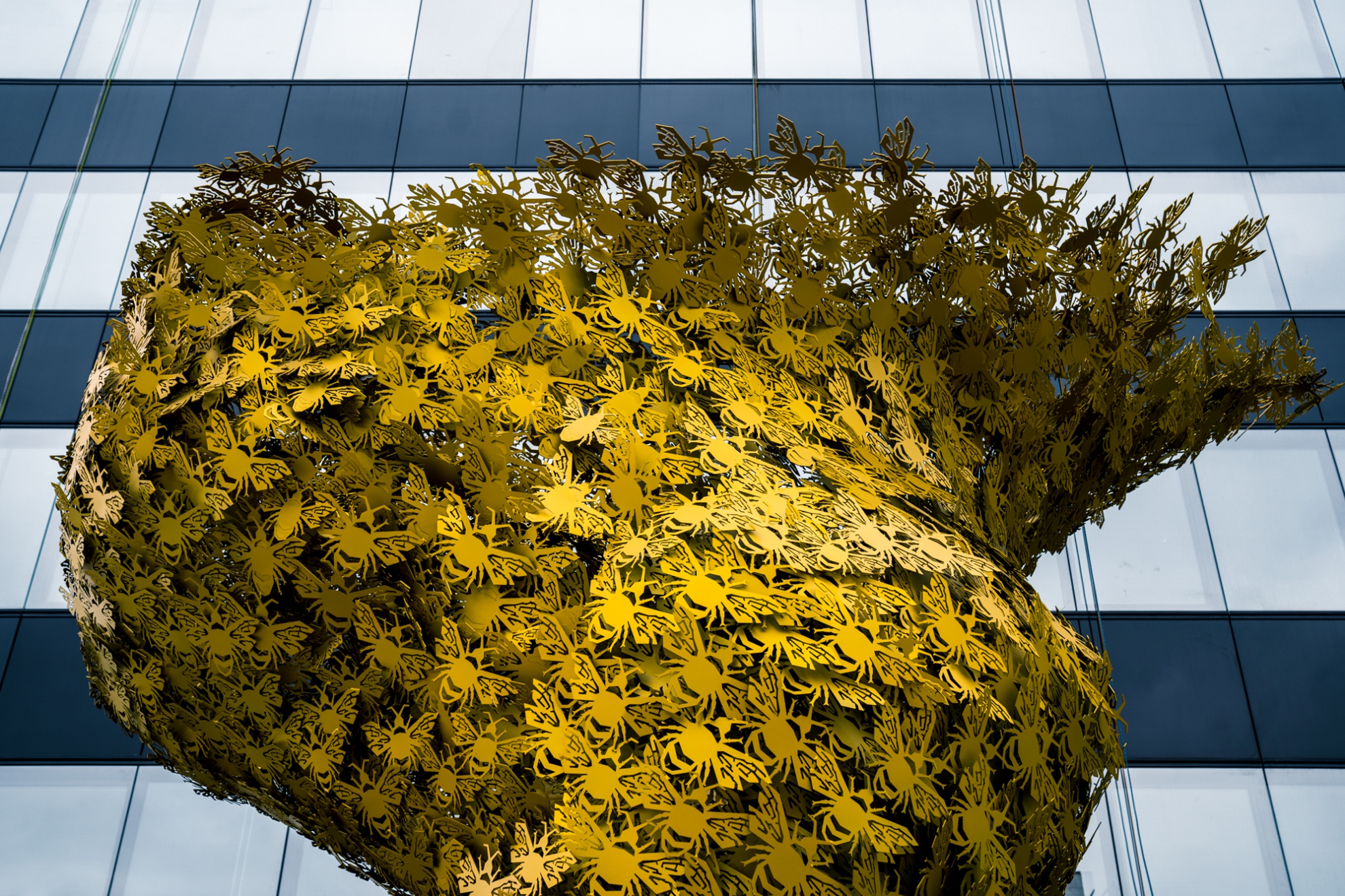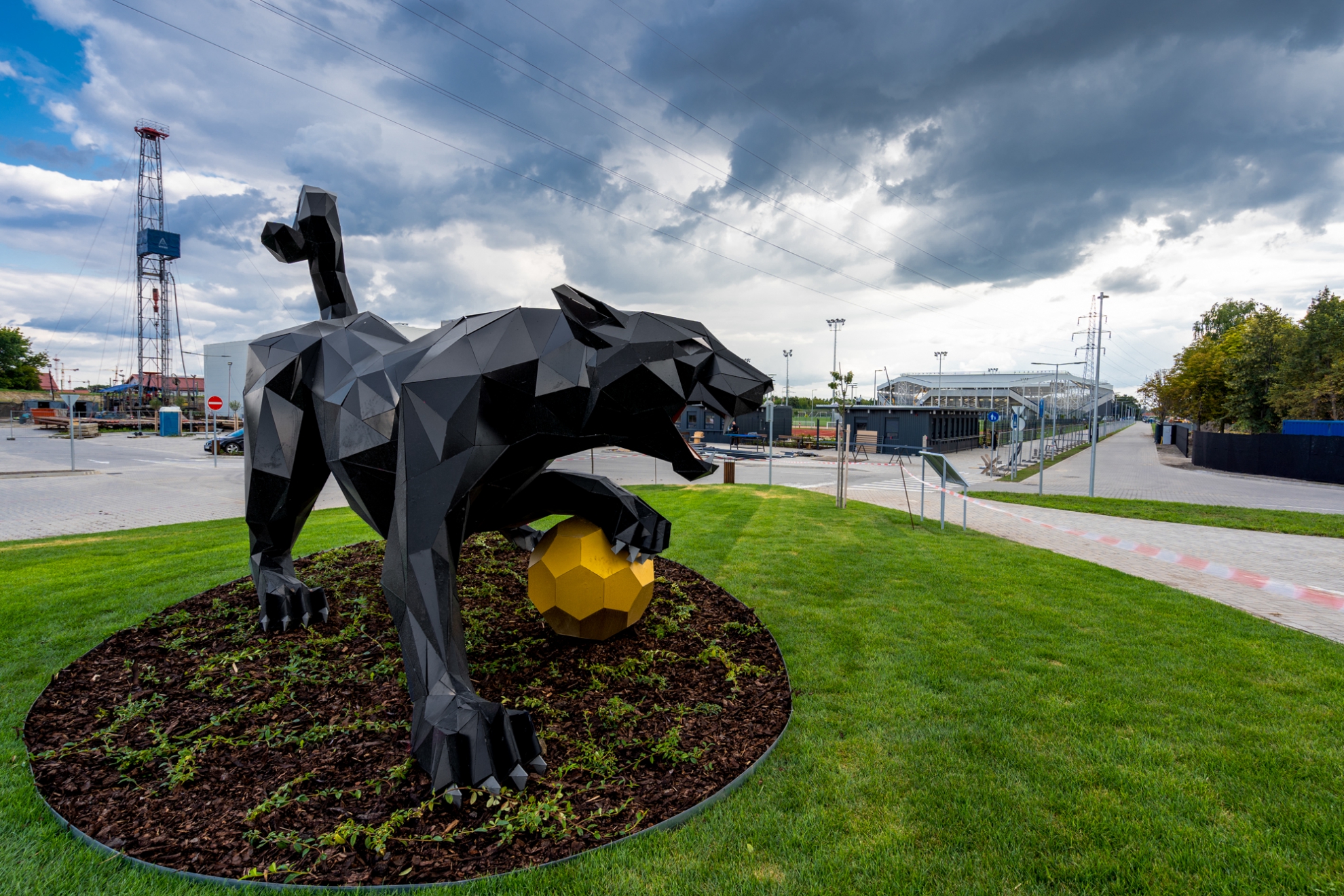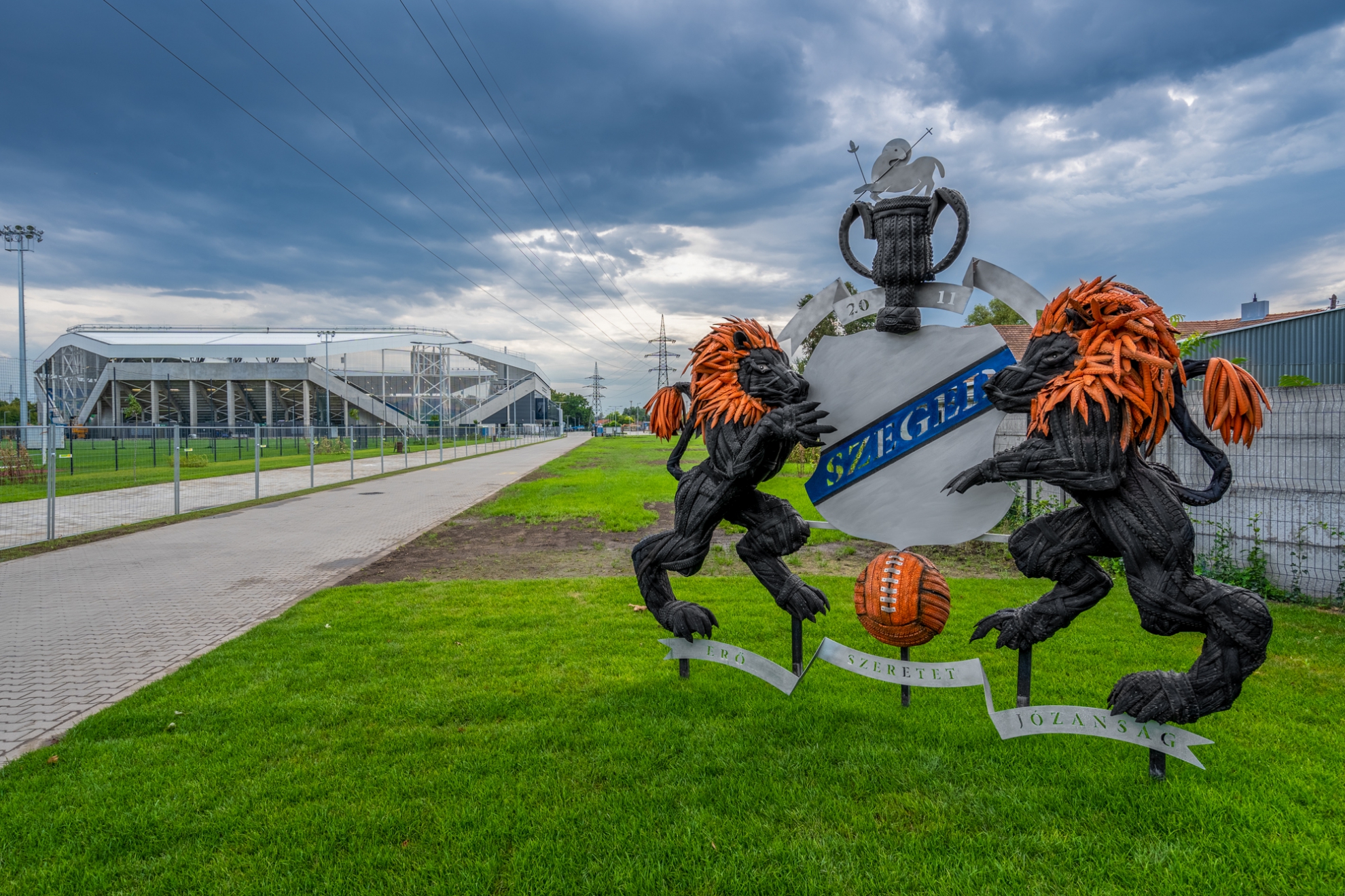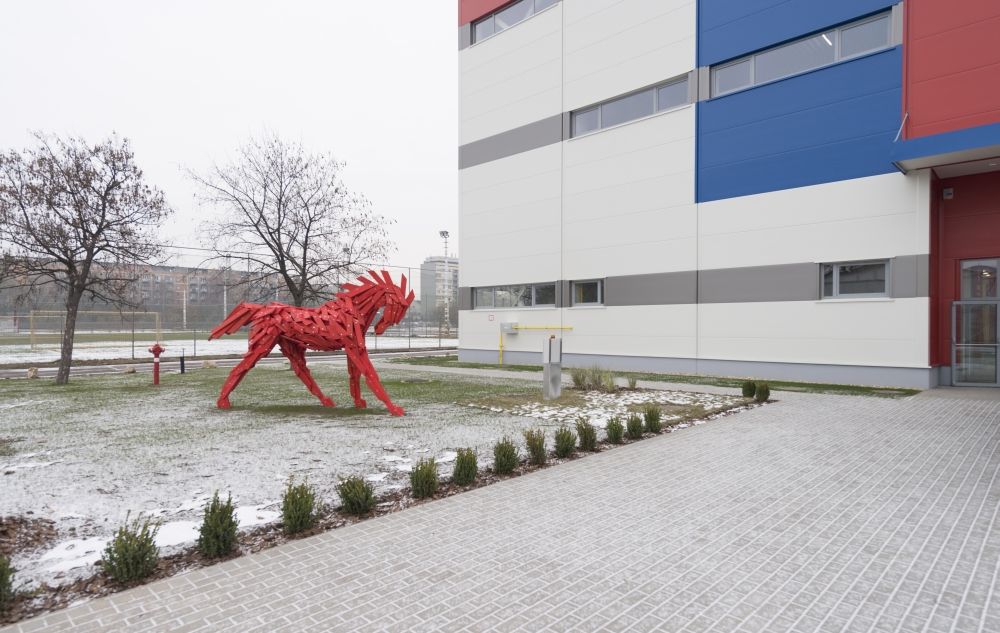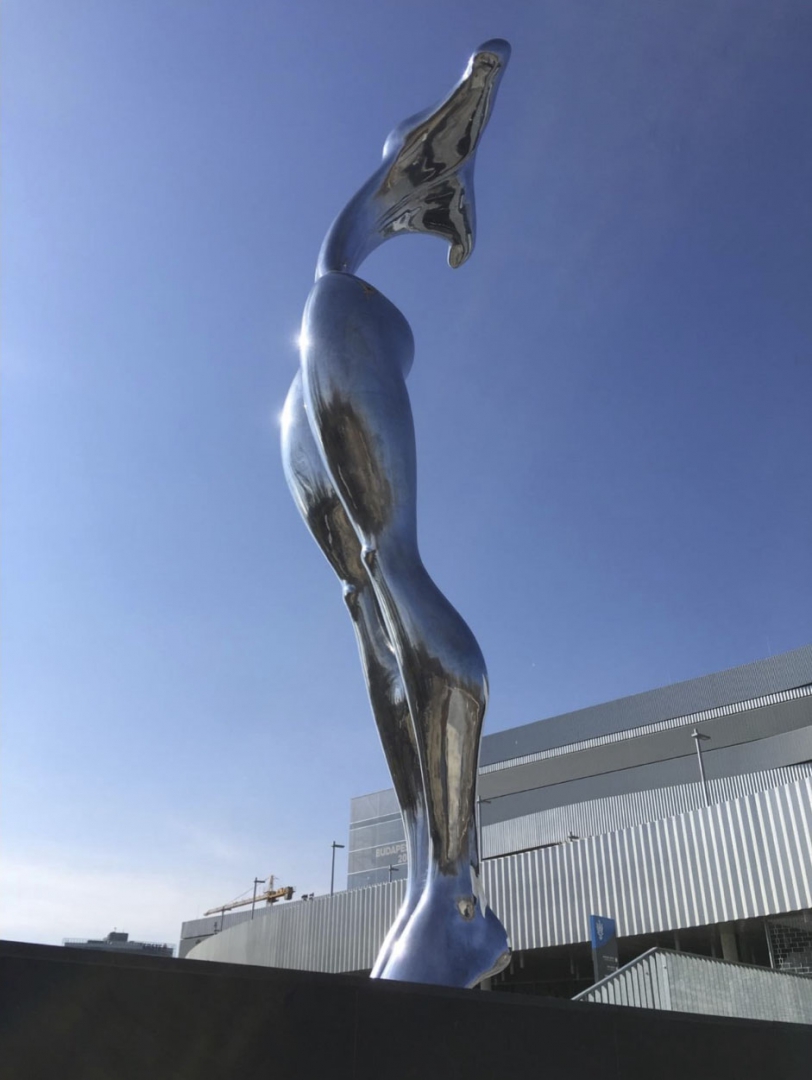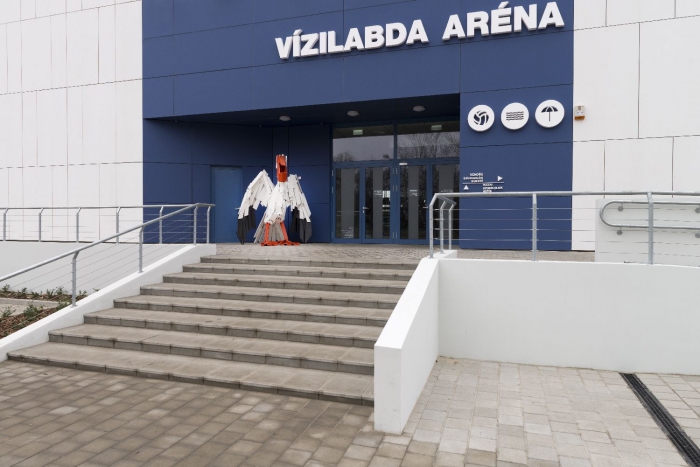The following comprehensive tasks were carried out during the construction:
- excavation, deep foundations
- monolithic and prefabricated construction
- roof and façade cladding, insulation and mechanical works
- electrical installations, cladding (PVC and resin)
- painting and rendering
- road construction, asphalting and paving, and utility network installation
- glass and curtain walls, building automation, IT network and camera system installation
- Installation of glass and curtain walls, building automation, IT network, and camera syste
In addition to consumer aluminium waste, the plant also processes scrap from the manufacturing process, so that the production of recycled aluminium is only 5% of the energy required for the original production. The investment has created 80 new jobs in the area.
Hydro's plant in Székesfehérvár is one of the most modern aluminium processing facilities in Europe, with six extrusion lines, advanced surface treatment technologies and more than 300 machining machines.
One of the biggest challenges of the project was the construction of the casting pits, the deepest point of which is at -14 metres and required an additional 12 metres of steel pipe to be driven down. A slurry wall had to be constructed to manage the groundwater, while meeting tight deadlines and coordinating subcontractors working in parallel was a major professional challenge.

